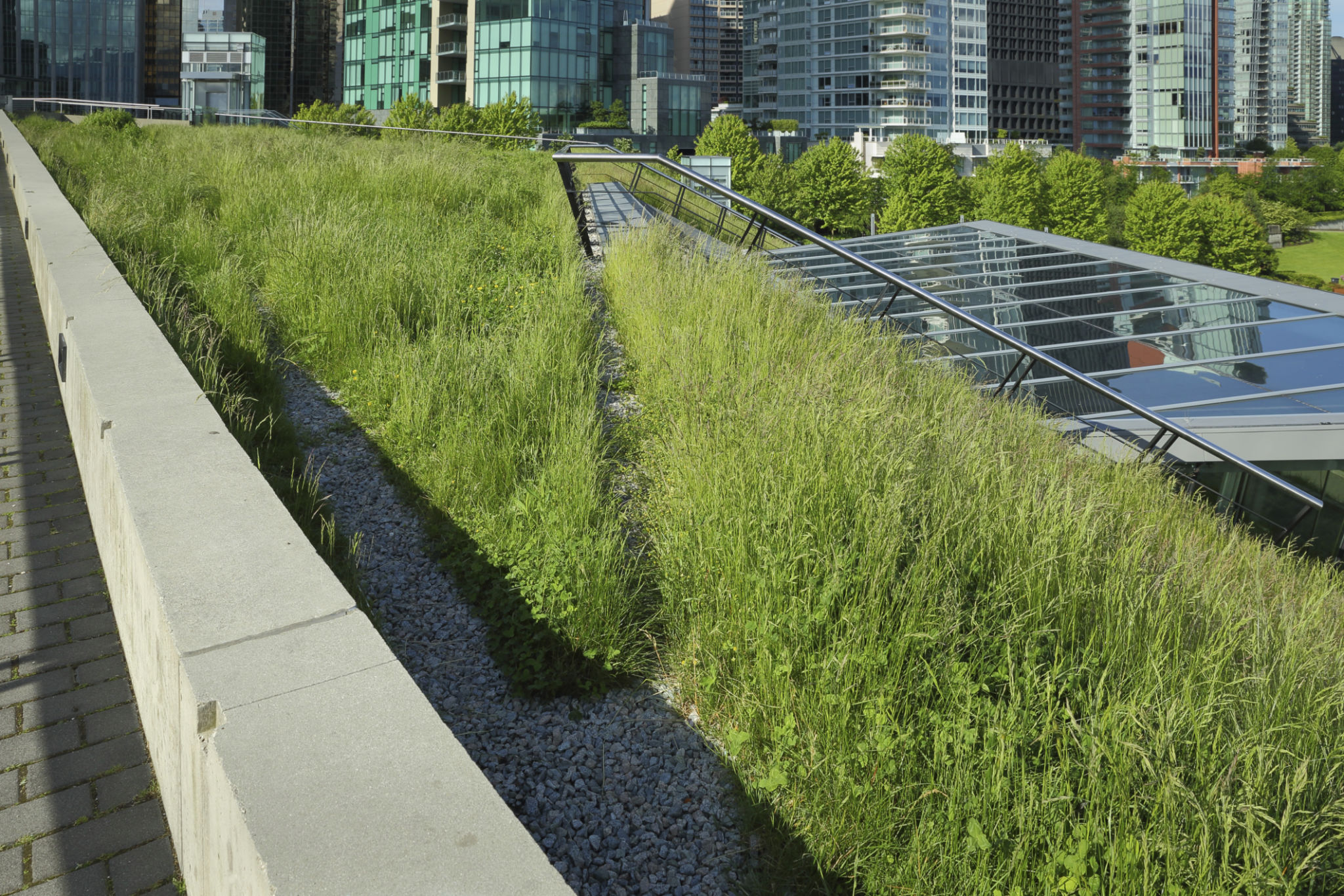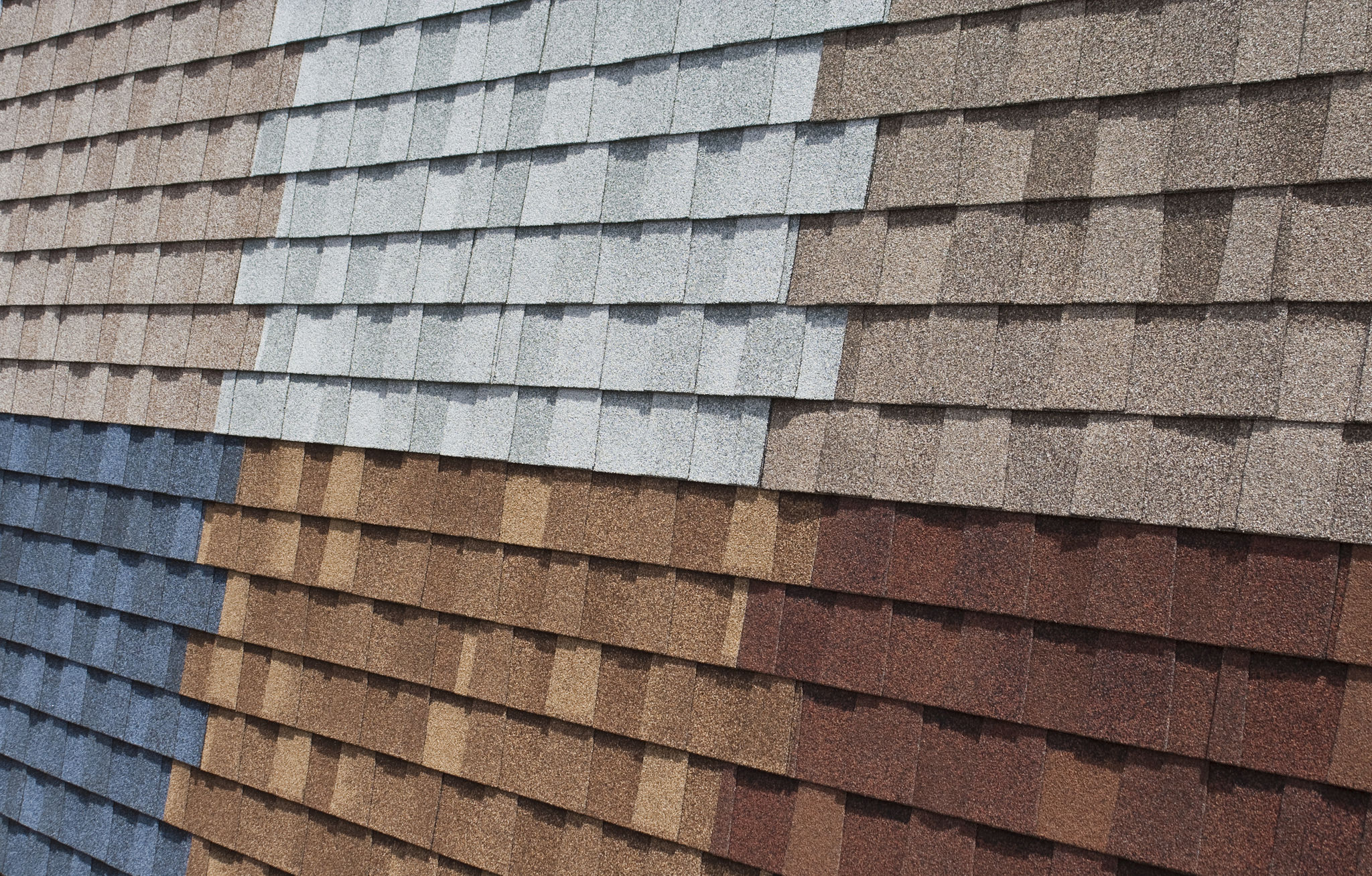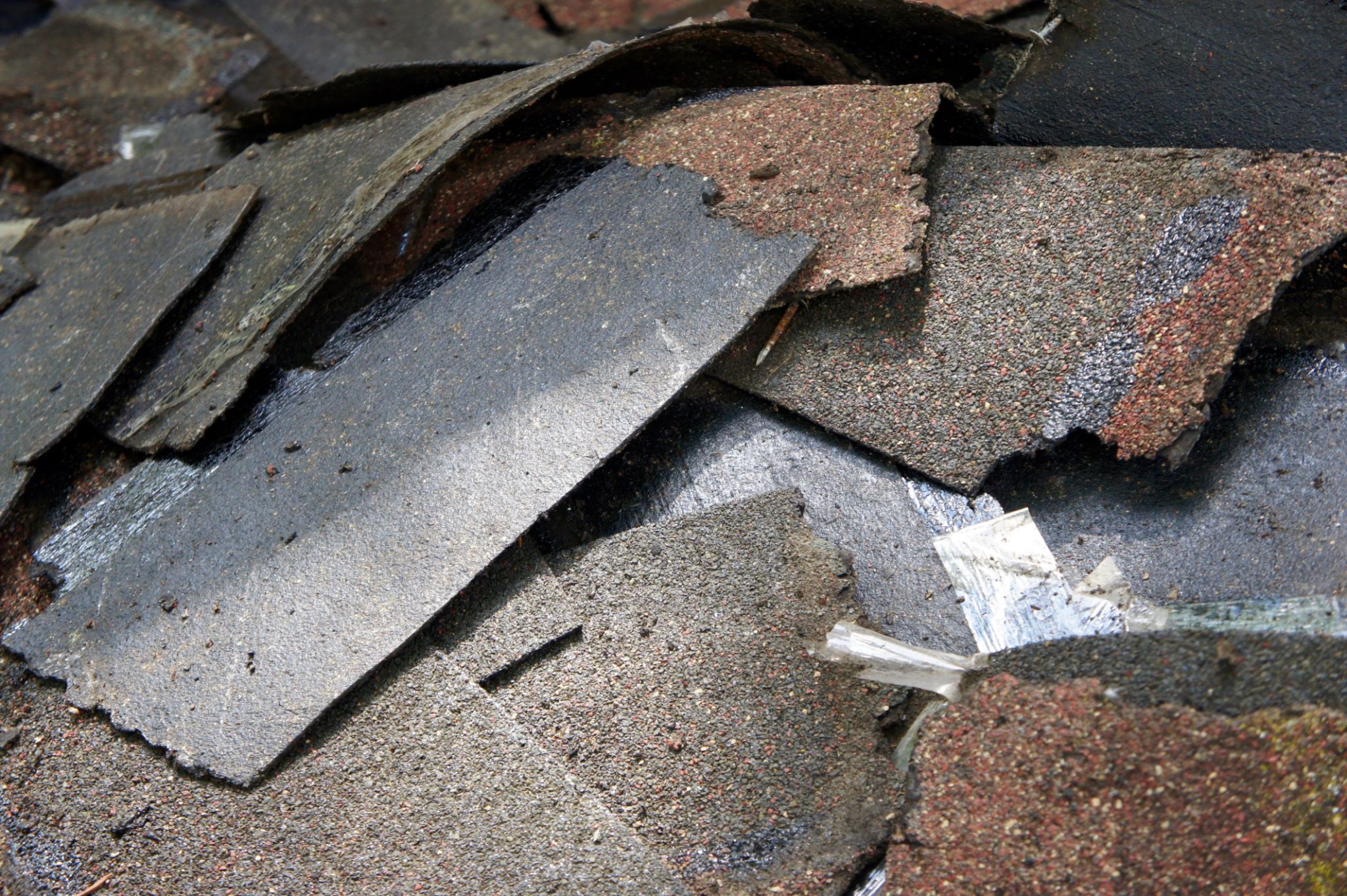Exploring the Latest Trends in Eco-Friendly Roofing Materials for Sustainable Homes
Introduction to Eco-Friendly Roofing
As the world continues to focus on sustainability, the building and construction industry is increasingly embracing eco-friendly practices. One area undergoing significant transformation is roofing, where innovative materials are being developed to reduce environmental impact while enhancing energy efficiency. In this blog post, we'll explore the latest trends in eco-friendly roofing materials that are ideal for sustainable homes.

Solar Roof Tiles
Solar roof tiles are a revolutionary advancement in sustainable roofing. Unlike traditional solar panels, these tiles are designed to mimic the appearance of conventional roofing materials while harnessing solar energy. By integrating solar technology directly into the roof, homeowners can generate renewable energy without compromising on aesthetics.
These tiles offer numerous benefits, including reduced energy bills and a lower carbon footprint. Additionally, they can increase the overall value of a home, making them an attractive option for environmentally conscious homeowners looking to invest in sustainable solutions.
Cool Roofing Materials
Cool roofing materials are engineered to reflect more sunlight and absorb less heat compared to standard roofs. This not only enhances indoor comfort but also reduces the need for air conditioning during hot months, leading to significant energy savings. Common cool roofing materials include reflective coatings, tiles, and shingles.

These materials come in a variety of colors and styles, allowing homeowners to choose options that complement their existing home designs. By reducing heat absorption, cool roofs contribute to decreasing the urban heat island effect, promoting a more sustainable urban environment.
Recycled and Reclaimed Materials
Using recycled and reclaimed materials for roofing is another growing trend in sustainable construction. Options such as recycled metal, rubber, and composite shingles made from post-consumer waste offer durability and environmental benefits. These materials help reduce landfill waste and conserve natural resources.
- Recycled Metal Roofing: Made from recycled aluminum or steel, these roofs are highly durable and often last for decades.
- Rubber Roofing: Produced from recycled tires, rubber roofing is flexible, resistant to extreme weather, and provides excellent insulation.
- Composite Shingles: Created from a blend of recycled paper, plastic, and other materials, they offer the aesthetic appeal of wood or slate without the environmental impact.

Green Roofs
Green roofs, also known as living roofs, are increasingly popular in urban settings. These systems involve growing vegetation on rooftops, providing natural insulation and reducing stormwater runoff. Green roofs can improve air quality, support biodiversity, and even extend the lifespan of the roofing membrane beneath them.
The installation of green roofs varies from simple sedum plantings to more complex garden designs. While they require careful planning and maintenance, their environmental benefits make them an excellent choice for those committed to sustainability.
Conclusion
The shift towards eco-friendly roofing materials is a crucial step in building sustainable homes. By opting for innovative solutions like solar roof tiles, cool roofing materials, recycled options, and green roofs, homeowners can significantly reduce their environmental footprint. Embracing these trends not only contributes to a healthier planet but also offers long-term economic advantages through energy savings and increased property value.
As technology continues to advance, we can expect even more exciting developments in eco-friendly roofing that will further enhance the sustainability of our homes and communities.
